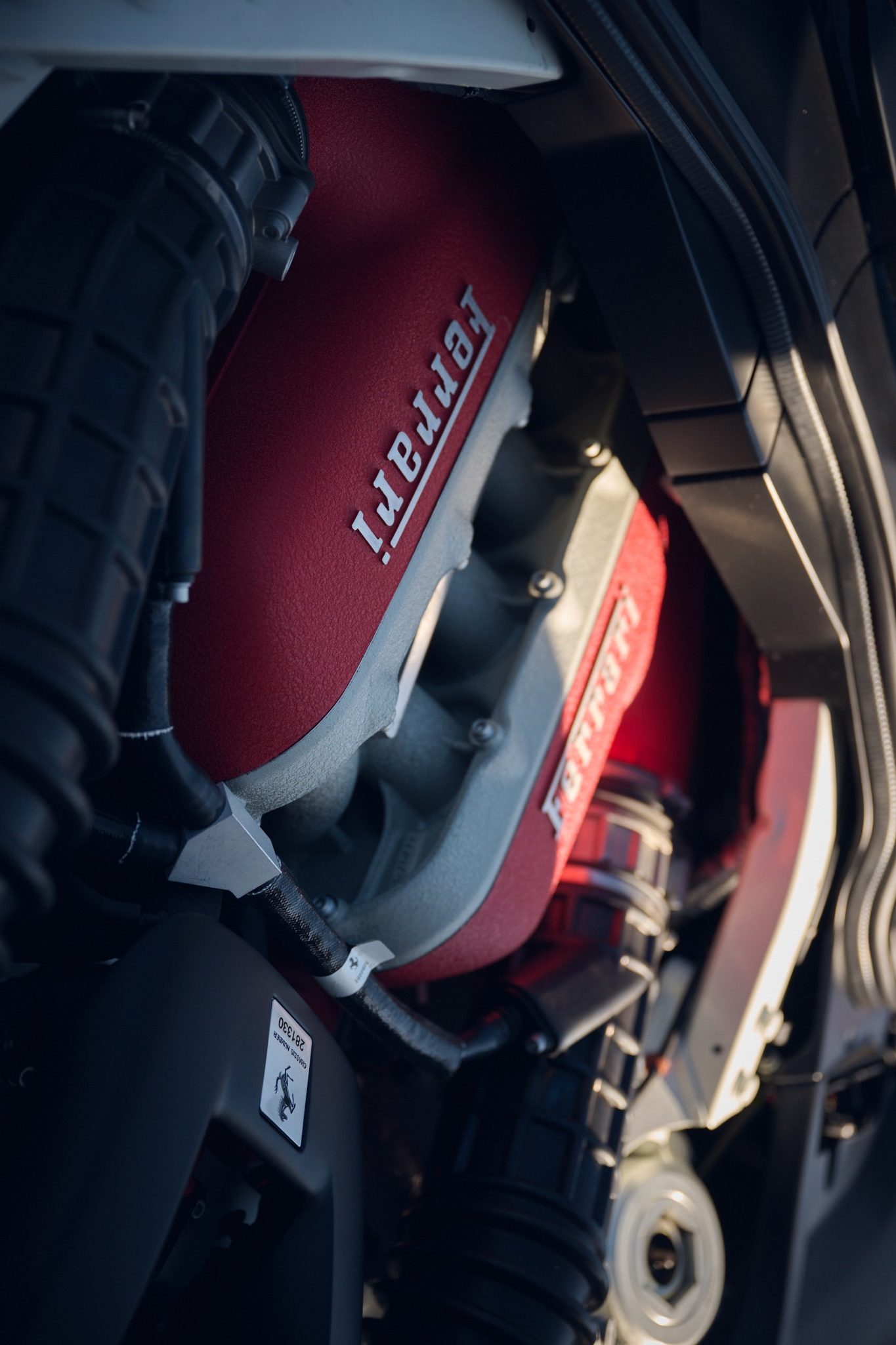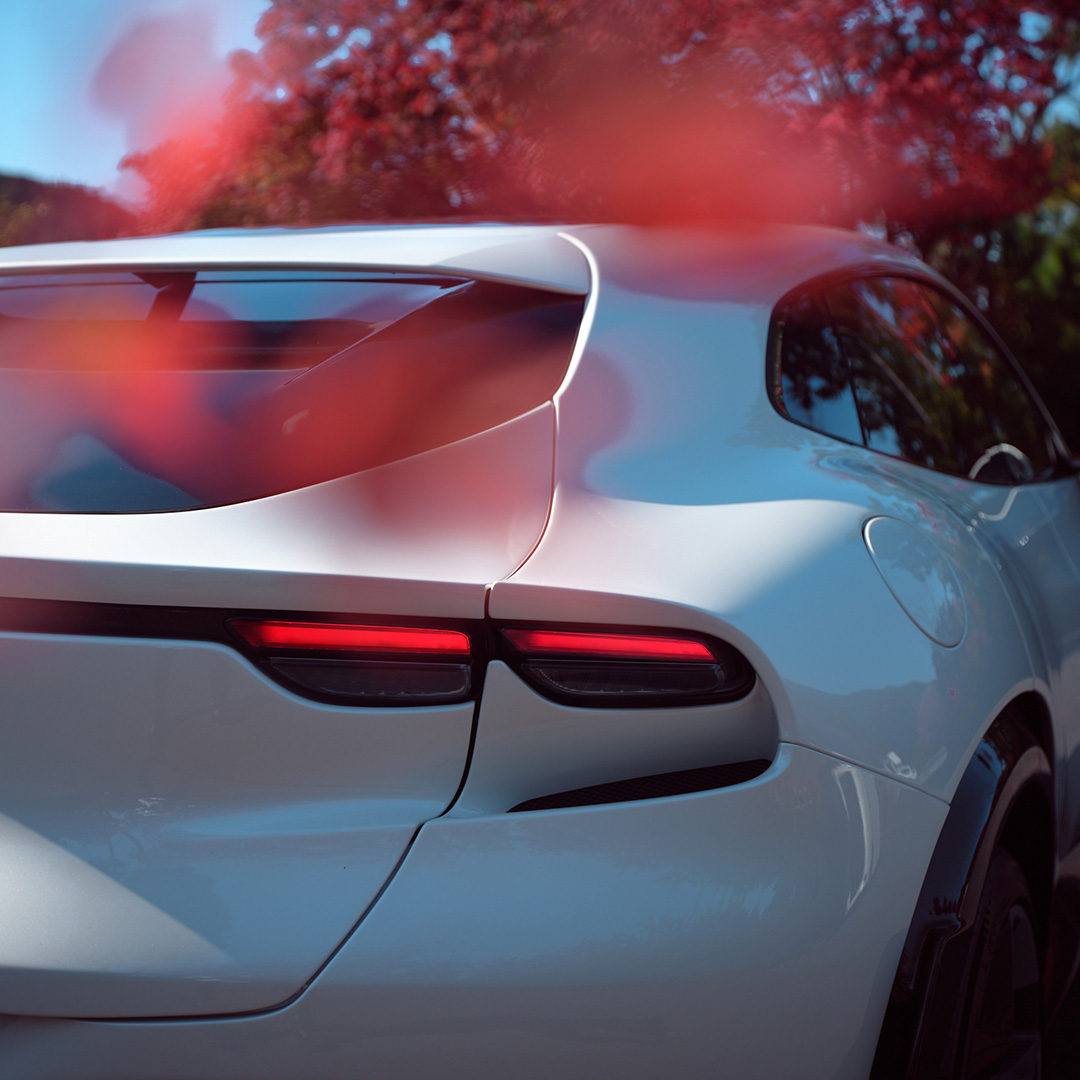Ferrari Purosangue meets Kyoto
We turn back time a few months, to September 2022 to be precise where Ferrari presented the Purosangue, the first SUV in the brand’s history. Although the pure definition of SUV is probably fundamentally wrong – that’s how the Italians themselves see it. They almost vehemently refuse to classify the Purosangue in the vehicle category of SUVs. Because the Purosangue is anything but an ordinary SUV.
Also not quite so common, at least for our latitudes, is the idea of driving the said car in Japan. Last November, the first Ferrari Purosangue landed in the metropolis of Kyoto. The former capital of Japan is known worldwide for its numerous Buddhist temples, gardens, imperial palaces, Shintō shrines and traditional wooden houses.
A scenery into which the Purosangue blends effortlessly and almost like a work of art – a visual journey.
Ninnaji-Tempel


First of all, a short excursion into the history of the chosen location. Ninna-ji is a Buddhist temple complex in the northwest of Kyoto. It was built as early as 888 under Emperor Uda. However, he abdicated at the age of 33 and lived as a monk in the Ninna-ji temple, as in the later Insei system. Around 600 years later, the temple was completely destroyed in the Onin War and had only a meagre existence in the years that followed. Through the support of Tokugawa Iemitsu, a shogun (comparable to a duke in European terms), the temple was rebuilt in the 17th century. In 1994, Ninna-ji was designated a UNESCO World Heritage Site along with other historical sites of ancient Kyōto.


The impressive construction and architecture of this place is reason enough to present the 725 hp Ferrari Purosangue exactly there. With this model, the carmaker from Maranello heralds a new era, and yet somehow not.
The Purosangue may be the first 4-door model in Ferrari’s history, but the Italians have opted for a naturally aspirated V12 engine, which incidentally puts 725 hp on the road – an SUV could not sound/be more emotional. SUV?
The 2033-kilogram unladen weight sprints from 0 to 100 km/h in just 3.2 seconds, stopping only at 312 km/h. If the Purosangue were an SUV, it would be the fastest in the world – but first place goes to England and the Aston Martin DBX 707.


“purosangue – thoroughbred”
{m} /purɔsaŋɡuɛ/
The design of the Italian could hardly be more coherent, emotional, dramatic and yet it brings a certain lightness with it. Without spoilers and large aero elements, the Purosangue shines with an incredible charisma. Even though the vehicle height of 1.59 metres is a new record for the Italian carmaker, it is still a lot flatter than the competition. This makes for an exterior that looks as if it were made of one piece. The only drawback is the boot space. But for long journeys, a roof box would certainly look good on the roof of the Purosangue, wouldn’t it?




Ferrari Purosangue
Engine: 6.5 L V12 NA engine
Power: 553 kW (725 PS) @7750 rpm
Weight: 2033 Kilogramm
Acceleration: 0-100 km/h in 3.3 s
Vmax: 312 km/h Max.
Photos: Ferrari Japan





